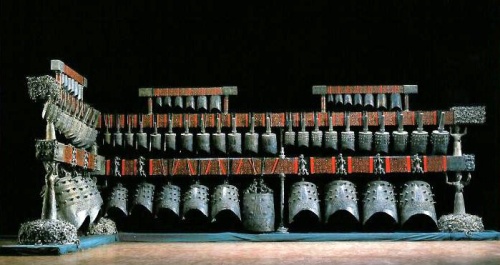When RILM started out in the mid-1960s, our indexing naturally mirrored the publications that we were working with.
For example, relatively little was available in the West about non-Western dramatic genres, while far more publications discussed Western dramatic genres like opera. Accordingly, we developed several indexing headings for those Western genres—opera seria, oratorio, zarzuela, and so on—while only one headword, dramatic arts, served for all non-Western genres (as well as for publications about more than one or two Western genres).
In early 2000 RILM started to expand its collection to include a large amount of East Asian-language publications, especially those from China. Since then the need for more refined indexing terms for non-Western dramatic genres has grown.
In spring 2017 RILM editors approved 13 new headwords for theatrical genres. Three of these new headwords, xiqu—general, xiqu—by genre, and xiqu—by place, are for those genres commonly known in the West as Chinese opera. Another three new headwords, quyi—general, quyi—by genre, and quyi—by place, are for traditional Chinese dramatic genres that are less known in the West.
For both xiqu—by genre and quyi—by genre, lists of second-level terms specifying individual xiqu or quyi genres have also been developed, and are continuously growing. Many of the genres covered by these two new headwords are unknown to most Western scholars, but have been extensively discussed in the Chinese publications that we now index. Updated in early February 2018, our list of xiqu genres is here, and our list of quyi genres is here. By the time you read this, more terms will have been added!
Above, an example of ganju (Jiangxi opera); below, another example of ganju from Jiangxi province, followed by an example of sixianxi from Hebei province. These genres are indexed under the headword quyi—by genre.












